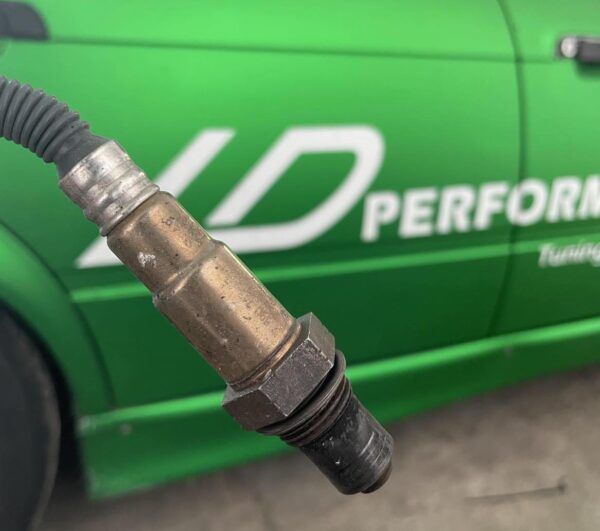Your cart is currently empty!
Why Do Wideband O2 Sensors Fail So Often?

You start your engine, ready to hit the road, only to find your wideband oxygen sensor isn’t responding—again. Is the controller faulty? More likely, it’s the O2 sensor itself.
But why do wideband O2 sensors fail so frequently when factory-installed versions in countless vehicles last for hundreds of thousands of miles without issues?
The root cause often lies in how aftermarket wideband controllers manage—or fail to manage—the sensor’s operating temperature, leading to premature wear.
The Primary Cause: Thermal Shock
The top reason wideband oxygen sensors, like the Bosch LSU 4.9 or ADV, fail is thermal shock from water condensation hitting the hot sensor. This occurs during cold starts, especially in the morning when the engine and exhaust are cold. Condensation forms inside the exhaust pipe and, depending on the sensor’s placement, can repeatedly strike it, causing damage. Once the exhaust gas reaches a high enough temperature, condensation ceases, and the sensor operates normally.
How to Address the Issue | Why Wideband O2 Sensors Fail
To prolong sensor life, a wideband controller must detect when the condensation phase ends and maintain the oxygen sensor’s temperature within its specified range. The challenge? Most aftermarket controllers operate independently, lacking data on engine exhaust gas temperature (EGT), coolant temperature, or other critical metrics. As a result, they often overlook this issue entirely.
LDperformance Smart Warm-Up Feature
The LDperformance wideband controller tackles this problem by monitoring the oxygen sensor’s temperature after every engine start. It quickly determines whether the engine is cold or hot. During a cold start, it carefully regulates the sensor’s temperature, which may delay readings by up to 7 minutes until the exhaust gas reaches the optimal temperature. For a hot engine, readings are available in under a minute. This process is fully automatic, requiring no extra sensors or complex setup.
In cases where tuning a cold start is necessary, the Smart Warm-Up feature can be disabled to allow immediate operation of the wideband sensor.
Sensor Placement Matters | Why Wideband O2 Sensors Fail
The position of the oxygen sensor in the exhaust system significantly impacts its durability. Want to ensure perfect installation? Read our O2 Sensor Placement Guide to learn how to position the sensor bung for maximum lifespan.
